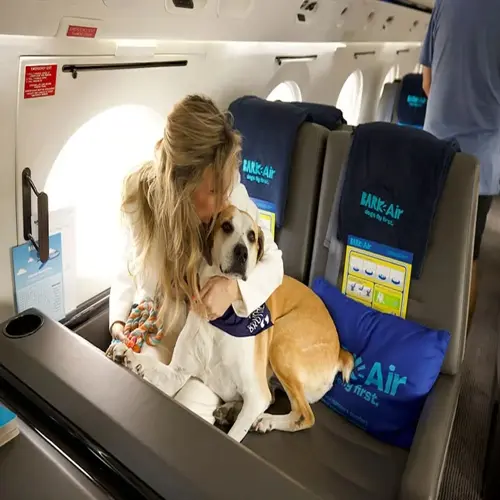How long does introducing dog cat typically take?

Written by
Susan Taylor
Reviewed by
Prof. Henry Webster, Ph.D.Introducing dogs and cats can take a proper timeline, and when rushed by owners, they often fail. There must be 21 days for a complete introduction. This allows for the neurological adaptation of the pheromones received. Dogs with high prey drives can often take additional weeks to complete. Patience will prevent any long-term problems.
Scent normalization exists as the crucial foundation. Swap bedding around all the animals every day. Watch for relaxed responses versus escape. I recommend a minimum of seven full days. If any of the pets show signs of stress, extend it. Proper scent work prevents visual phase failures.
Introduce visually after the success with scent. Use baby gates to control exposure. Limit exposure to two minutes initially. Reward them for calmness right away. Fearful cats may take up to four weeks. Gradual exposure fosters a safe familiarity.
Breed Considerations
- Sighthounds need 30% longer timelines
- Terriers require extra scent phases
- Brachycephalic dogs show stress through panting
Age Impacts
- Senior pets adapt slower than juveniles
- Kittens under six months acclimate fastest
- Rescue animals often need extended timelines
Setback Recovery
- Add three days after any hissing incident
- Return to scent phase after growling events
- Never advance phases during high stress
Do not push the final interaction phase in a rush. Brief sessions help avoid fatigue. End the conversation before signs of stress are observed. I recommend the first five-minute meeting. Then, you can extend the time only after three calmer meetings. The right pace will make harmony last.
If things go sideways, take rapid action. Go backward in the cycle. Or extend that phase by several days. I document reactions in a journal. Looking cautiously at the variables reveals their patterns. This avoids repeating errors.
Read the full article: Introducing Dog and Cat: A Safe Guide

